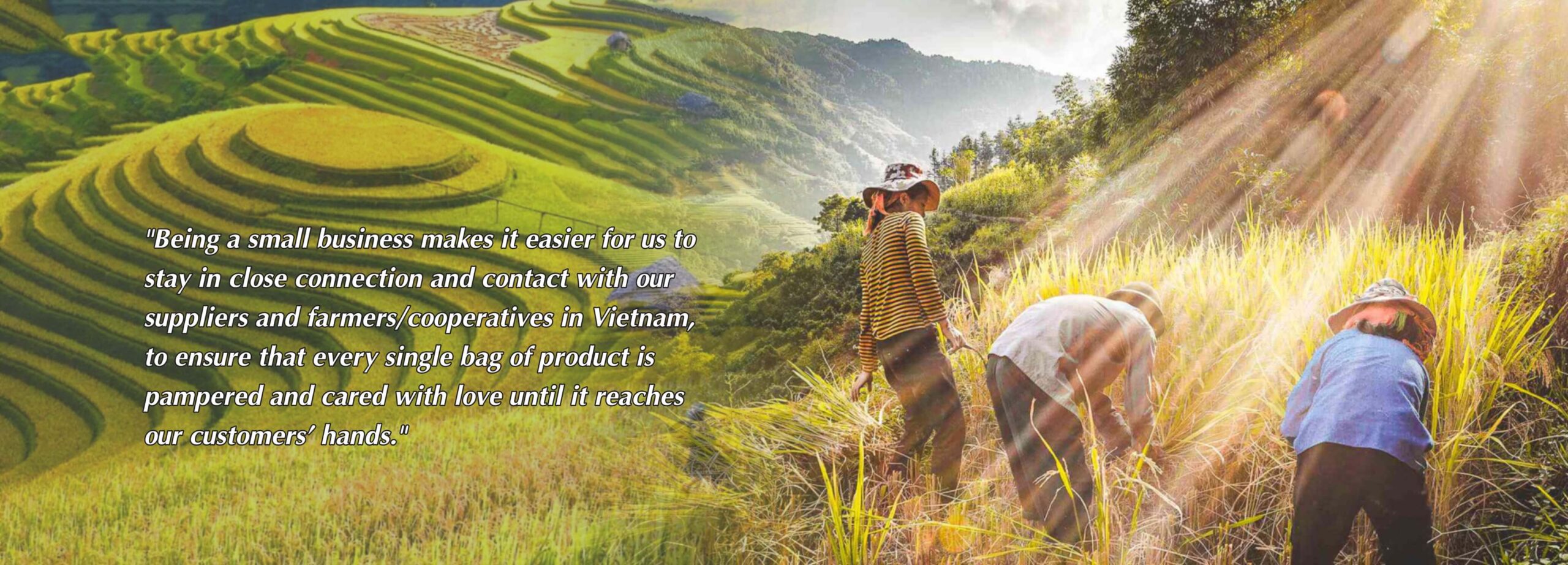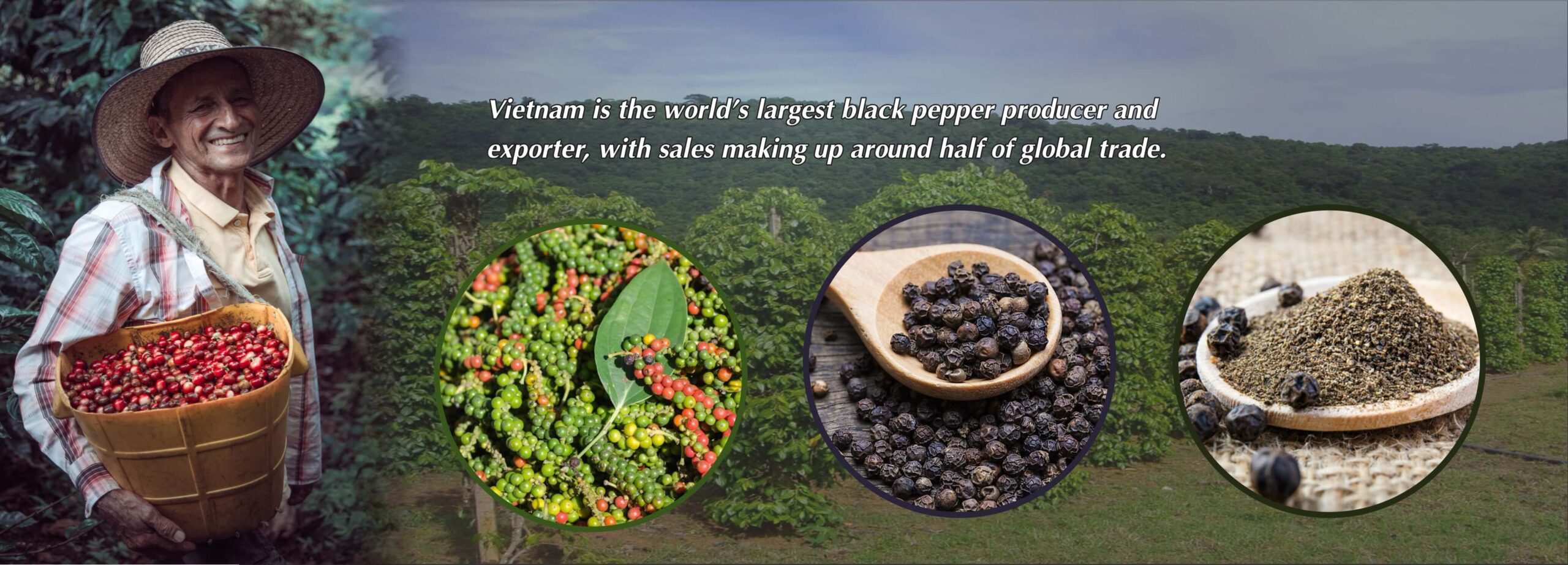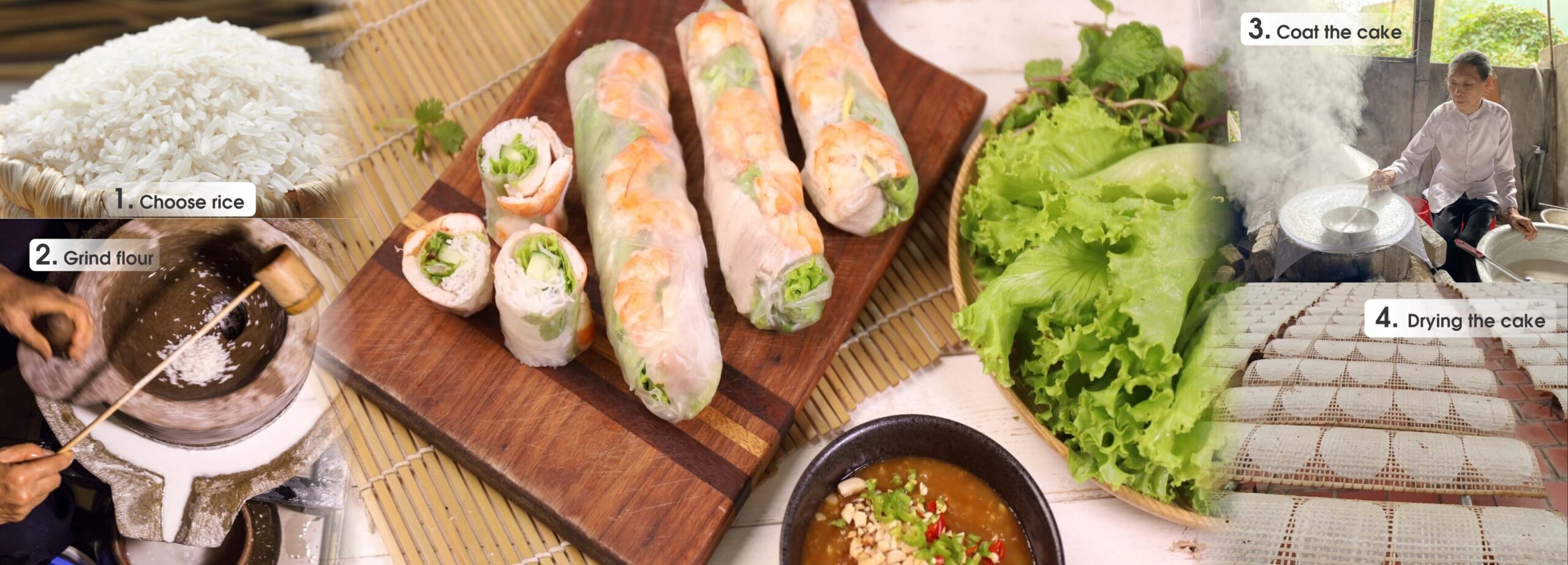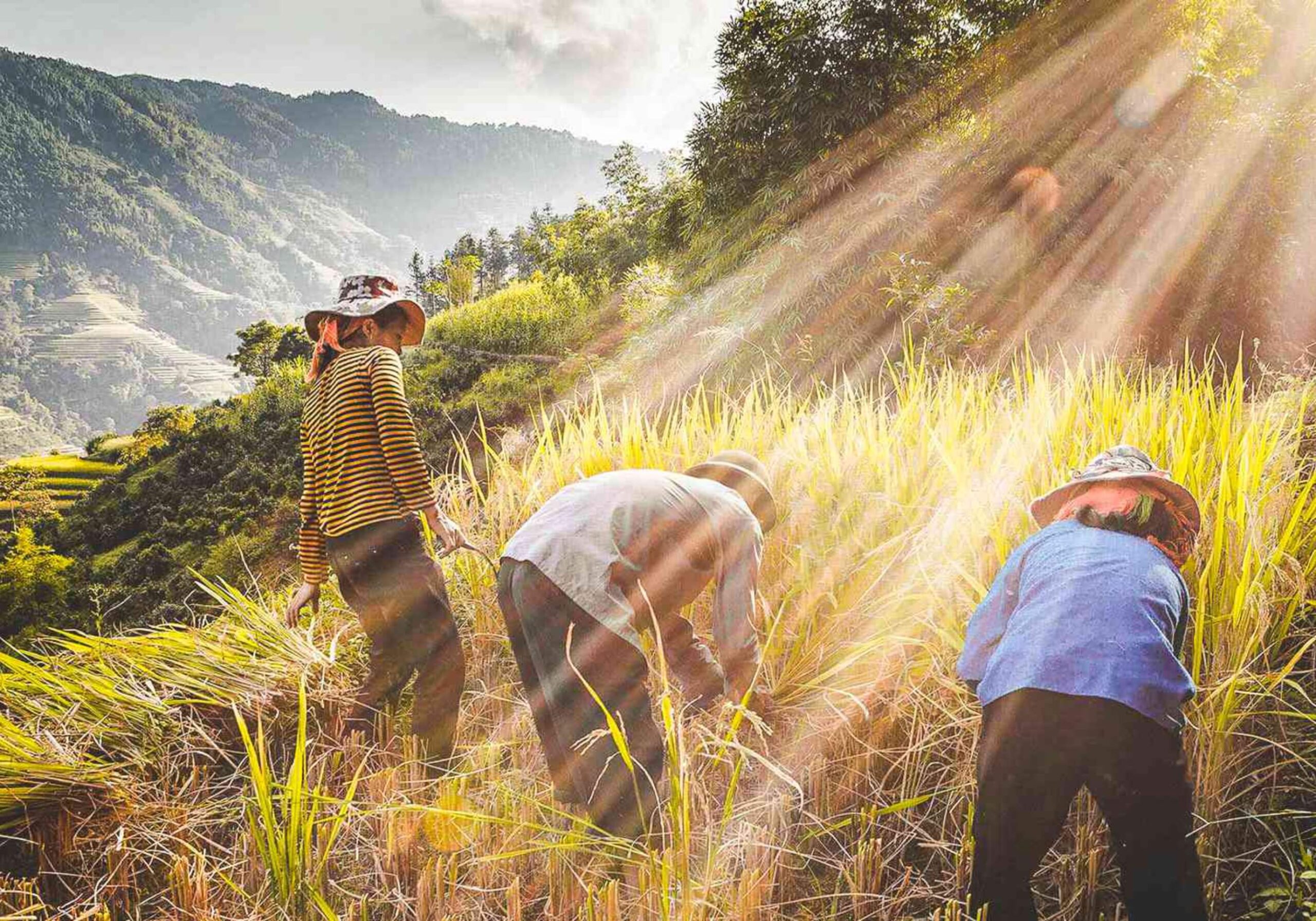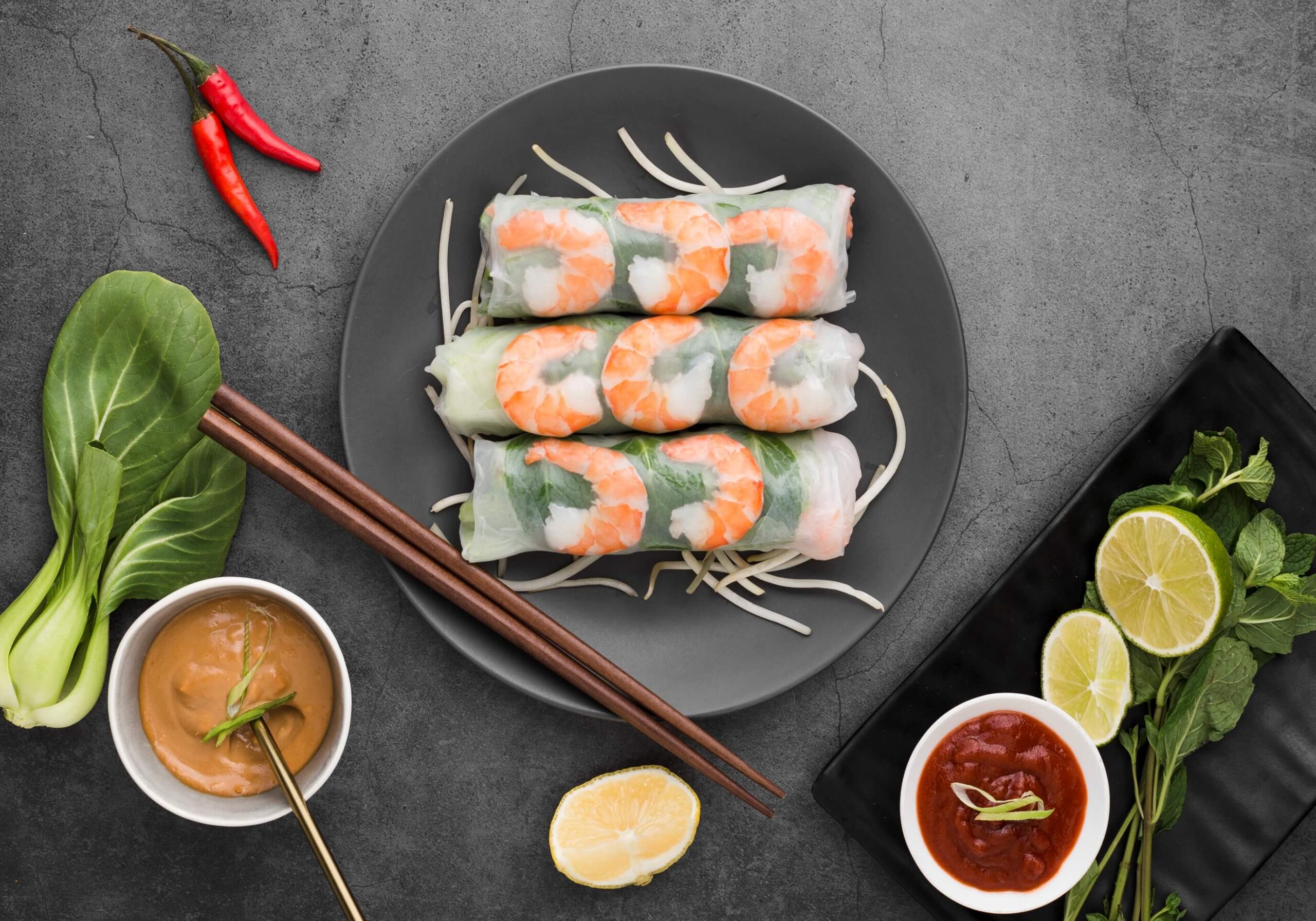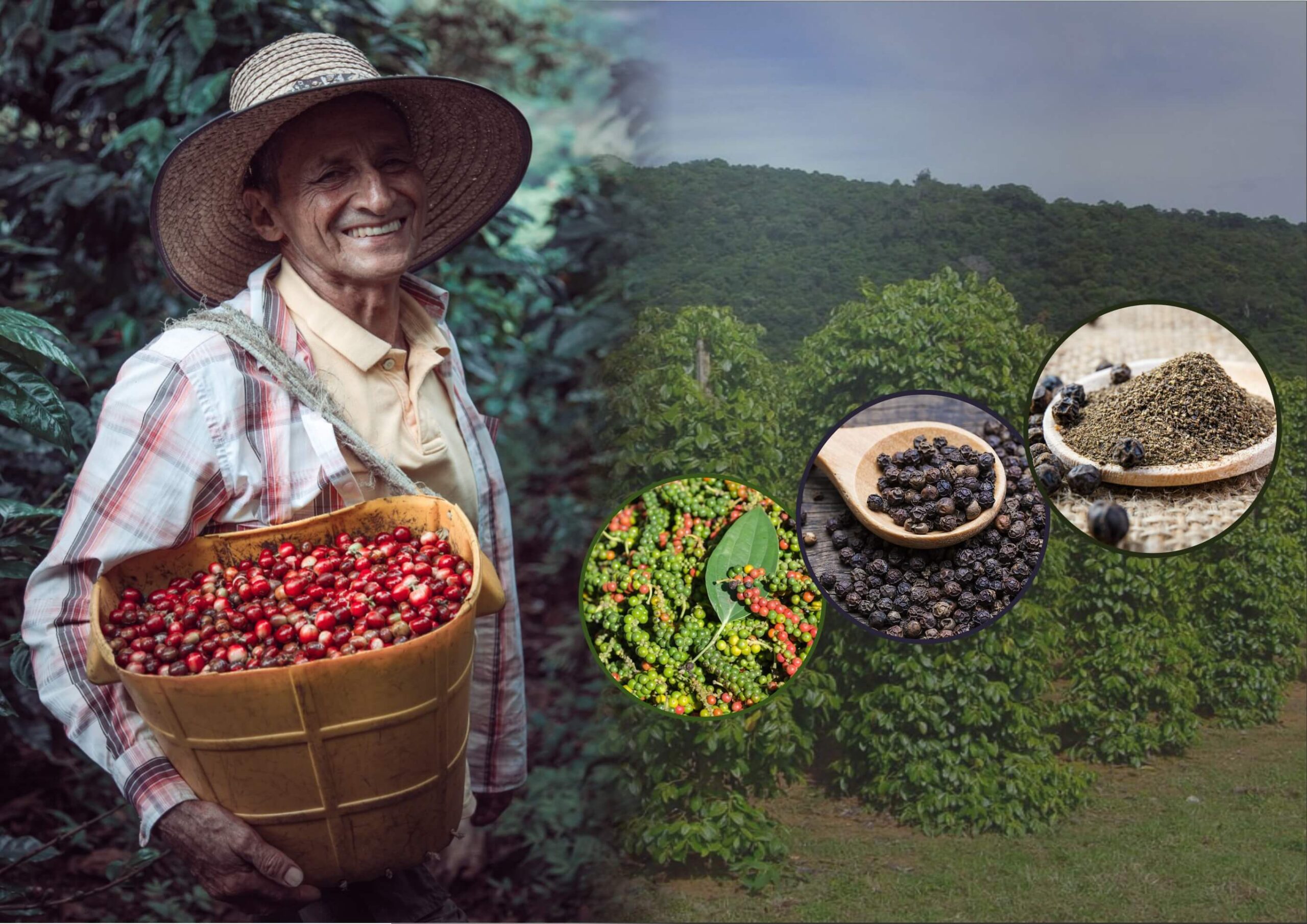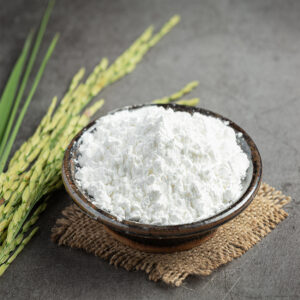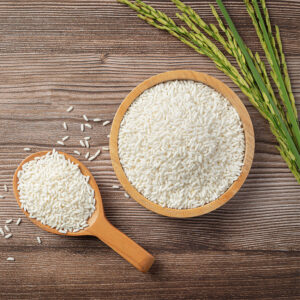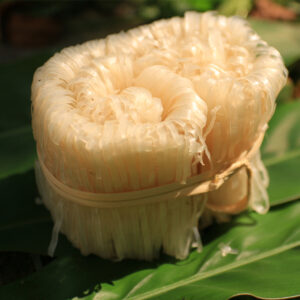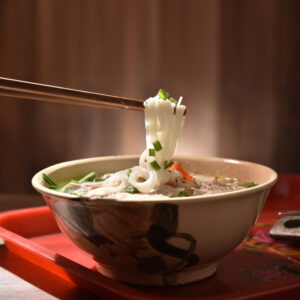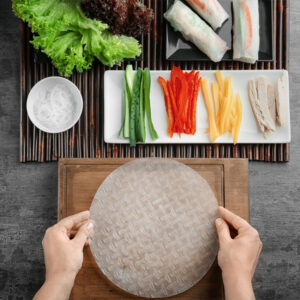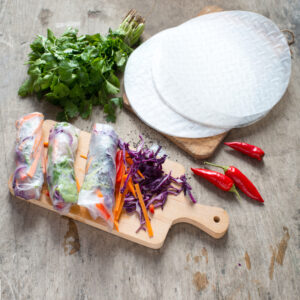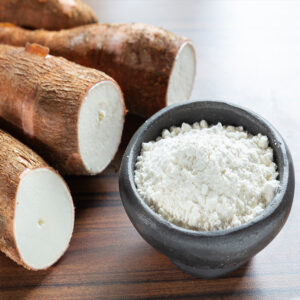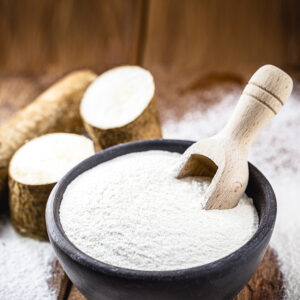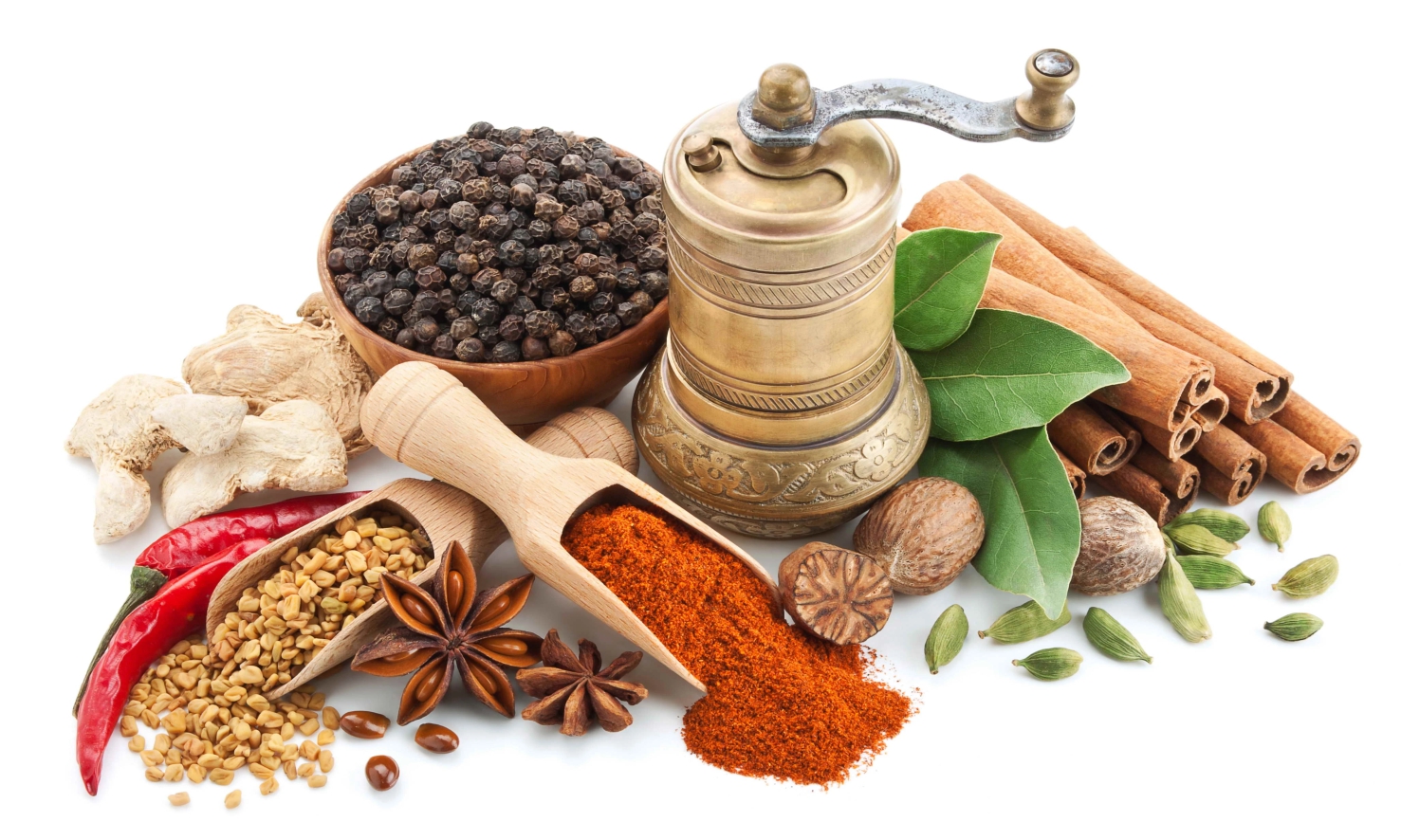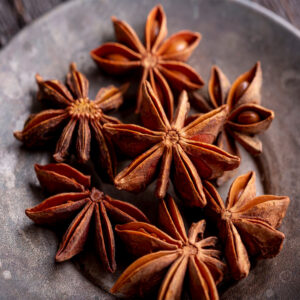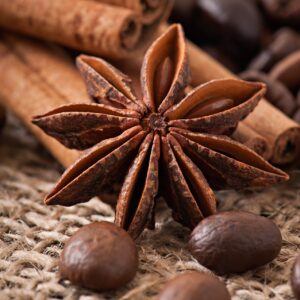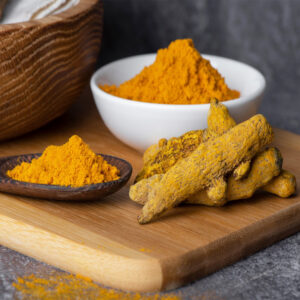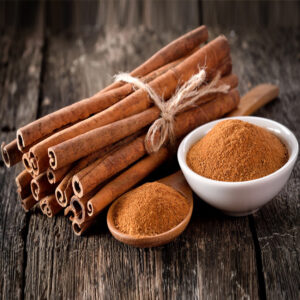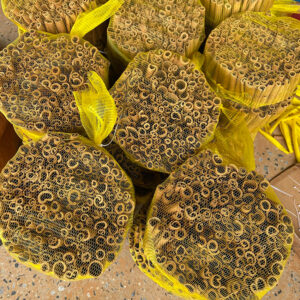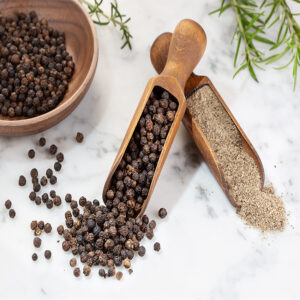Our products
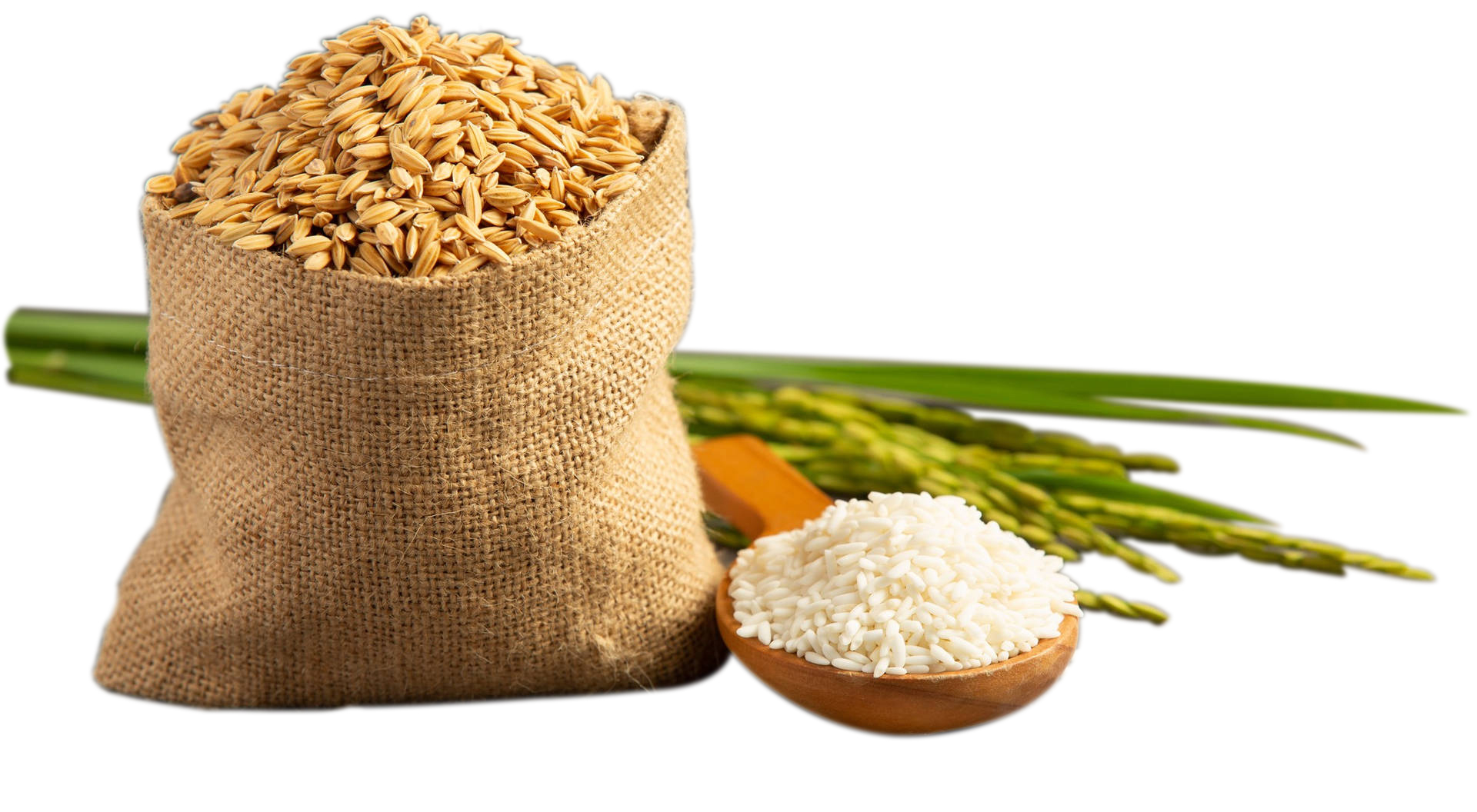
RICE-BASED PRODUCTS
Select Specialties is an exporter of rice-based products, such as rice paper, rice noodles/vermicelli. These are typical cuisines in many countries, especially in the Asian communities.
1. RICE FLOUR: 100% rice flour Usage: Rice flour is often used to make a variety of Vietnamese cakes, such as steamed sweet rice cakes, Vietnamese rice pyramid dumplings (Banh gio), steamed rice cakes with pork and shrimp. 2. GLUTINOUS RICE FLOUR: 100% glutinous rice flour Usage: Glutinous rice flour is white in color and it is especially sticky when cooked. It is often used to make a variety of Vietnamese traditional cakes, such as sticky rice dumplings, mochi dumplings to be used with ginger sauce, sticky rice cakes, etc.
- Size: 0.8mm, 1mm, 1.2mm, 1.5mm, 1.8mm, 3mm, 5mm, 7mm, 10mm, or as customers’ requirements - Ingredients: Rice flour, tapioca starch, pure water - Packaging: 300g/bag, 500g/bag, or as customers’ requirements
1. Vietnamese Rice Paper Spring Roll Wrappers (Banh trang cha gio): Rice flour (~ 70%), tapioca starch (~ 20%), pure water (9.9%), pure salt (0.1%). 2. Vietnamese Rice Paper Fresh Spring Rolls (Banh trang goi cuon): Rice flour (~ 20%), tapioca starch (~ 70%), pure water (9.9%), pure salt (0.1%) Normally, our “Rice Paper Spring Roll Wrappers (Banh trang cha gio)” has more rice flour than “Rice Paper Fresh Spring Rolls (Banh trang goi cuon)”. Having more rice flour makes it less sticky and more crunchy after frying in oil. Meanwhile, having more tapioca starch helps increase the viscosity, so that it is easier to use hands to wrap and roll the rice paper without breaking it, to serve fresh, also the transparency of tapioca starch is greater than rice flour, it allows diners/consumers to see the meat/vegetables, etc. inside, many diners/eaters like it.
100% tapioca starch Usage: Tapioca starch is often used as a thickener in cooking, used to make tapioca pudding, etc.

